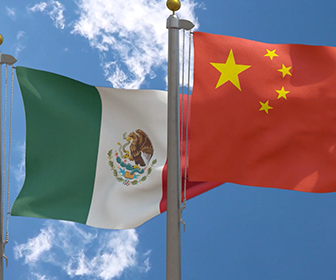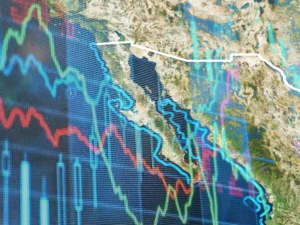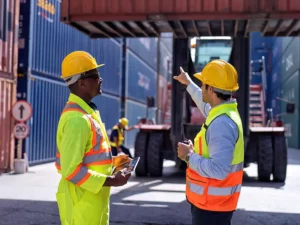During May of this year, a significant discrepancy between business agility and governmental actions was observed. As Winston Churchill said, “For a nation to try to tax itself into prosperity is like a man standing in a bucket and trying to lift himself up by the handle.”
The recent and rigorous analysis of tariffs on sensitive products implemented by the federal government raises concerns. Although we support initiatives fostering productivity, domestic markets, and business management, imposing tariffs does not foster investor confidence; instead, it slows cash flow and promotes caution.
Alternatives and Challenges to China’s Dependency in Value Chains

Starting with the analogy of taxing to prosper, it’s evident that this doesn’t contribute positively. The government generates skepticism among investors, leading them to seek alternative destinations for their capital. Considering China’s extensive value chains, we find ourselves at a considerable disadvantage. With China controlling 54% of global steel, 60% of aluminum, and approximately 16% of cotton, any imposition of tariffs, countervailing duties, or taxes directly impacts the country’s productivity. Within potential investment destinations in Mexico, there are some challenges we must consider: Costa Rica, at one point, was the medical cluster of America and could regain that role due to its capacity and knowledge. Additionally, it offers fiscal benefits for investors. From my perspective, we will see this country attracting and relocating operations related to semiconductors, medical assemblies, medicine, artificial intelligence, and electronic components on a larger scale in the next 3 years. We will see a similar phenomenon with Vietnam, the southern United States, and, to a lesser extent, with moderate growth in Brazil. All these countries supply the internal market of the United States.
USMCA Negotiations and Mexico’s Economic Position
Although regulations are necessary, we must recognize that we will come to the USMCA negotiation table with an uncomfortable position. While the Mexican peso remains strong, it is likely that we will return to previous levels as the market adjusts. Mexico’s economic dependence on remittances as an important part of the country’s development exposes a reality of our operations: we have been surpassed by other economies, which are providing a flow of consumption in Mexico. China’s exports will continue to be highly relevant; of its total value chain, 27% are related to electronic equipment, 15% to machinery, 6% to vehicles, and 4% to plastics. This represents more than 52% of the country’s exports. The main imports of the United States include electronic equipment (15%), machinery (14%), vehicles (12%), petroleum and derivatives (8%), and pharmaceuticals (6%), which add up to more than 54% of its imports. What does this mean for Tijuana, Baja California, and Mexico in terms of the value chain? It means that participating in markets where China exports and the United States imports is key to strengthening our regions. We are not talking about massive investments but rather about penetrating the value chain to generate productive dependence. Because China and its allies increasingly seek to have total control of the chain. Although imposing tariffs impacts state operations, it may be a response from the federal government to support the United States indirectly, demonstrating that we also support reducing dependence on China. However, the cost to consumers will be very high.
Strategies to Strengthen Baja California’s Competitiveness
Baja California has high potential to become a strategic zone for the country by 2030. At a lower economic level, in comparison, China has the world’s largest consumer and producer, as well as business, government support, and strong marketing. Our state has the highest number of companies participating in the country’s export sector, and its economic spillage has grown 4.5 times from 2009 to 2024. What is expected by 2025 is that negotiation terms will benefit Baja California in the medical, automotive, electronic, and technological sectors. Let’s not lose sight that we will be at the country level with 50% of the market in informality, which will require strategic adjustments that we must compensate with productivity, asset investment, and value chain shielding.
Luis Manuel Hernandez, PhD, Coordinator of the Nearshoring and USMCA Compliance Dialogue Table
LI. https://www.linkedin.com/in/lmhg/
X. @LuisMHernandezG





